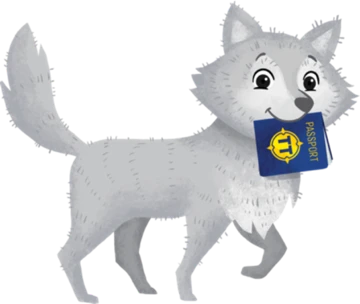Independence Day, also called the Fourth of July, is a historic holiday in the United States.
It celebrates the day in the year 1776 when the Declaration of Independence was signed by the Continental Congress, declaring the independence of the American colonies from Great Britain.
It is important to remember that while the white colonists gained autonomy from the British empire, the Declaration of Independence did not grant freedom to all of the people who inhabited the land known as the United States. African slaves, who had been forcefully brought to the United States as early as 1619, were not given legal freedom until the Emancipation Proclamation was signed in 1863, almost one hundred years later.
In the decades following the Emancipation Proclamation, Black Americans have continued to struggle for equal rights and treatment, even to this day. Native Americans were also subject to genocide and displacement as the colonies expanded to form what we now know as the United States after the signing of the Declaration of Independence.











